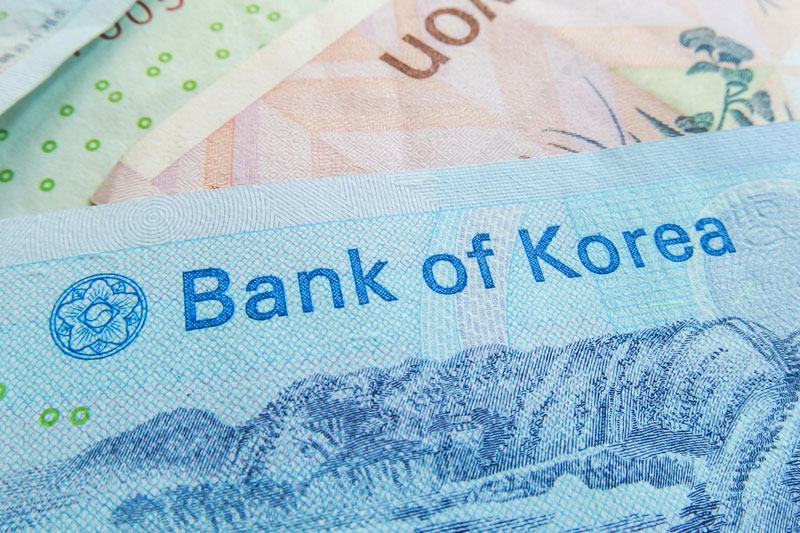Investing.com– Most Asian currencies edged lower on Thursday as the dollar steadied amid growing uncertainty over the path of U.S. interest rates, while the South Korean won fell sharply after the country’s central bank unexpectedly cut interest rates.
Investors refrained from placing major bets before the U.S. Thanksgiving holiday, which is likely to keep trading thin for the rest of the week.
The dollar steadied after clocking sharp overnight losses, although it still remained in sight of recent two-year peaks. Overnight data showed that personal consumption expenditures (PCE) price index – Federal Reserve’s preferred measure of underlying inflation- picked up in line with estimates. Another reading showed that the U.S. economy expanded at a solid pace in the third quarter.
The inability to achieve the Federal Reserve’s 2% inflation target, combined with the possibility of increased tariffs on imports, could limit the central bank’s ability to reduce interest rates next year.
The US Dollar Index was last up 0.1%, while the US Dollar Index Futures also ticked 0.1% higher.
Currencies in regional markets have remained tepid for most of this week, after Monday’s threat from the U.S. President-elect Donald Trump to impose additional trade tariffs on China, which could spark a renewed trade war between the world’s biggest economies.
The Singapore dollar’s USD/SGD pair rose 0.3%, while the Thai baht’s THB/USD pair was largely unchanged.
The Australian dollar’s AUD/USD pair rose 0.5%, a day after mixed consumer inflation data, which showed headline inflation remained steady while underlying inflation rose in October.
The Japanese yen’s USD/JPY pair was also 0.4% higher, while the Indian rupee’s USD/INR pair was largely muted, remaining close to recent record highs.
South Korean won sinks after BoK surprise rate cut
The Bank of Korea cut benchmark interest rates for a second straight meeting on Thursday in a surprise move, as it warned that economic growth was likely to slow further in the coming year.
The South Korean won weakened sharply, with the USD/KRW pair up 0.5% after the BoK’s decision.
The BoK cut its GDP forecast for 2025, and also saiod that inflation was likely to ease in the coming year.
Chinese yuan remains under pressure
The Chinese yuan remained under pressure, with the onshore yuan’s USD/CNY pair ticking slightly higher to 7.25 per U.S. dollar, and remaining near a four-month high.
Major investment banks and research firms project the offshore yuan to weaken to an average 7.51 per dollar through the end of 2025, according to CNBC calculations. That would mark the currency’s weakest level on record since 2004.
The yuan has remained weak following Donald Trump’s re-election and his renewed tariff threats, with plans for additional levies on Chinese imports, including rates as high as 60%.
The weakening yuan has broader implications for emerging Asian currencies. Trade-dependent currencies like the South Korean won, Thai baht, and Malaysian ringgit are under pressure due to their close economic ties with China and the ripple effects of U.S.-China trade tensions.


